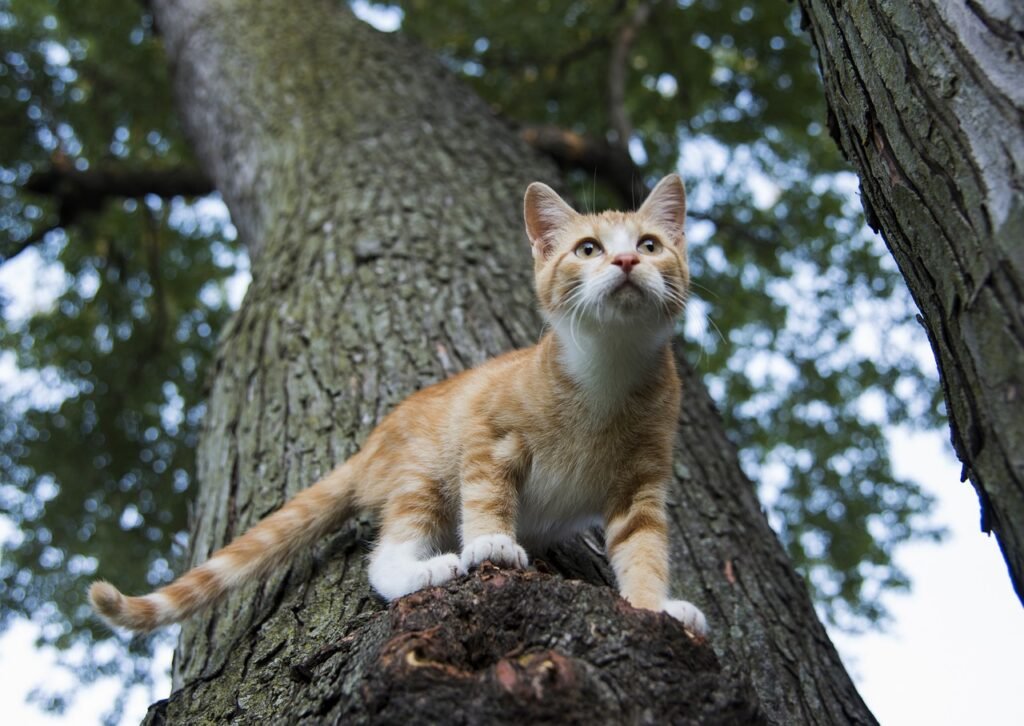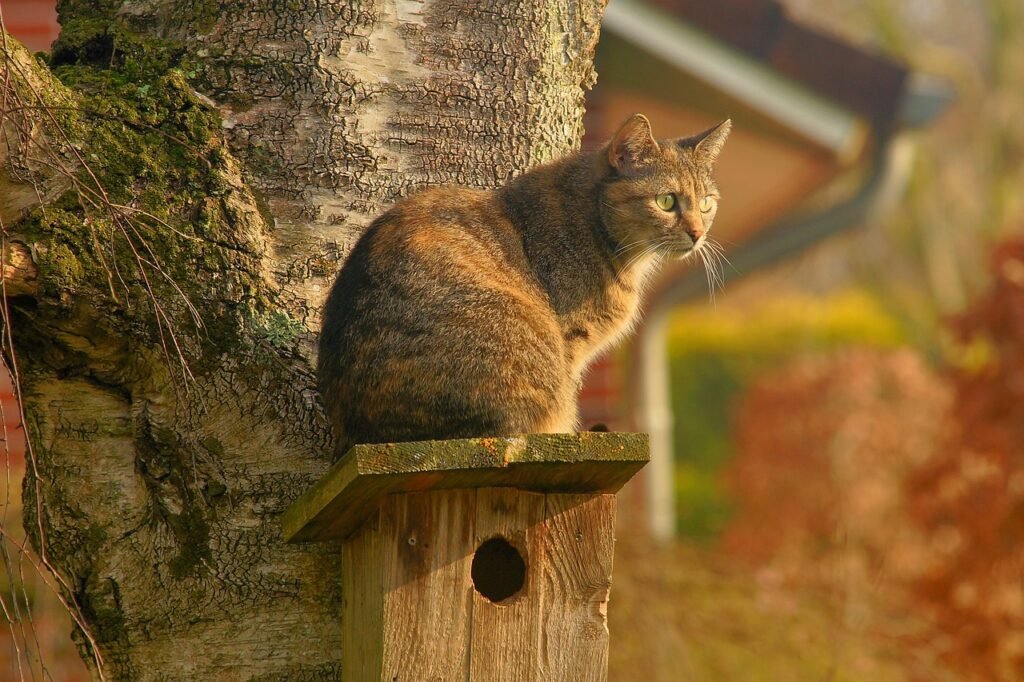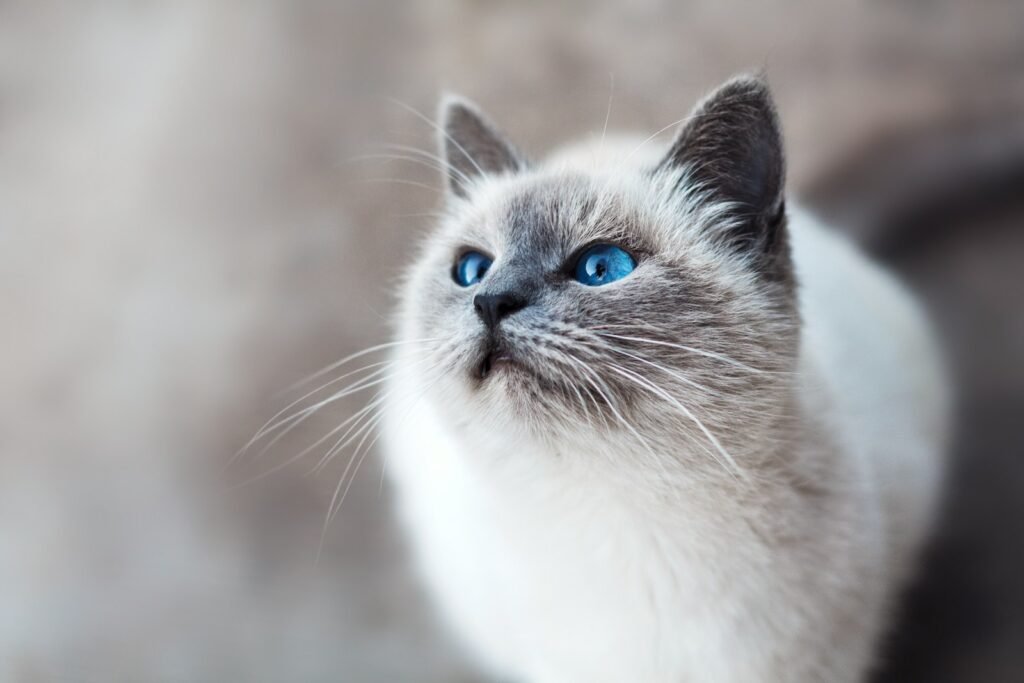House cats, beloved by millions around the world, are often considered adorable companions that bring joy and comfort to their owners. However, these feline friends may be contributing to a significant environmental concern: the decline of local bird populations. Understanding the impact house cats have on ecosystems is crucial for bird conservation efforts and maintaining biodiversity.
Feline Hunting Instincts

Despite being domesticated, house cats retain their natural hunting instincts. This behavior is deeply ingrained; even well-fed cats are driven by a strong prey drive. Birds, being among the more numerous and accessible prey, often bear the brunt of these instincts when cats are outdoors.
Statistics on Bird Decline

Research estimates that domestic cats kill billions of birds annually across various countries. Studies in the United States and Europe have shown significant declines in bird populations in areas with high numbers of free-ranging house cats, highlighting the potential scale of this impact.
Cats as Invasive Species

In many regions, domestic cats are considered invasive species. While they are not native predators, their presence disrupts local ecosystems. This disruption can lead to dramatic declines in bird populations, particularly where native animals have not evolved defenses against feline predators.
Impact on Biodiversity

The predation by house cats can have profound effects on biodiversity. Birds play essential roles in various ecosystems, such as pollination, seed dispersal, and pest control. A decline in bird populations due to cat predation can result in unforeseen consequences for ecological balance and biodiversity.
The Role of Human Actions

Humans contribute significantly to the problem by allowing cats to roam freely outdoors. While many cat owners do not perceive their pets as threats to wildlife, even a single cat can have a substantial impact on local bird populations. Responsible pet ownership is crucial to addressing this issue.
Bird Species at Risk

Not all bird species are equally vulnerable to cat predation. Ground-nesting birds, fledglings, and those living in urban or suburban areas are particularly at risk. These birds are often more accessible to cats, increasing the chances of predation significantly.
Solutions and Mitigation Efforts

Several strategies can help mitigate the impact of cats on bird populations. Keeping cats indoors, particularly at dawn and dusk when birds are most active, can reduce predation. Cat owners can also provide enrichment through toys and indoor hunting simulations to satisfy their pets’ natural instincts.
Cities and Policies

Some cities have implemented policies to address the issue of outdoor cats. These policies range from public awareness campaigns to trap-neuter-return (TNR) programs that help control feral cat populations. Such measures can be effective in reducing the negative impacts on local wildlife.
Conclusion

The impact of house cats on local bird populations is a nuanced topic that highlights the intersection of pet ownership and environmental responsibility. By acknowledging the problem and taking proactive steps, cat owners and communities can work together to protect local wildlife and ensure a healthy, biodiverse future.
Further Reading and Resources

For those interested in learning more about the impact of house cats on bird populations and ways to engage in conservation efforts, numerous resources are available from wildlife organizations and scientific studies. Understanding the depth of this issue is the first step towards creating a balanced coexistence between our beloved pets and the natural world.

Growing up traveling and experiencing new cultures and wonders, I have had a passion for nature, adventuring, photography, and videography. I am currently working towards a BSc in Biodiversity and Ecology at Stellenbosch University, and I hope to specialise in Marine Sciences one day.
Please send any feedback to Feedback@animalsaroundtheglobe.com






